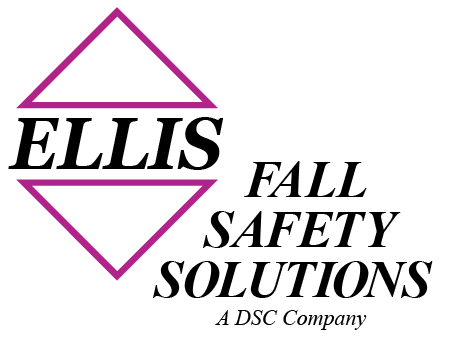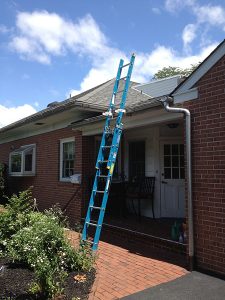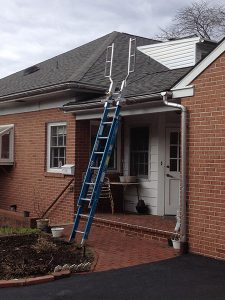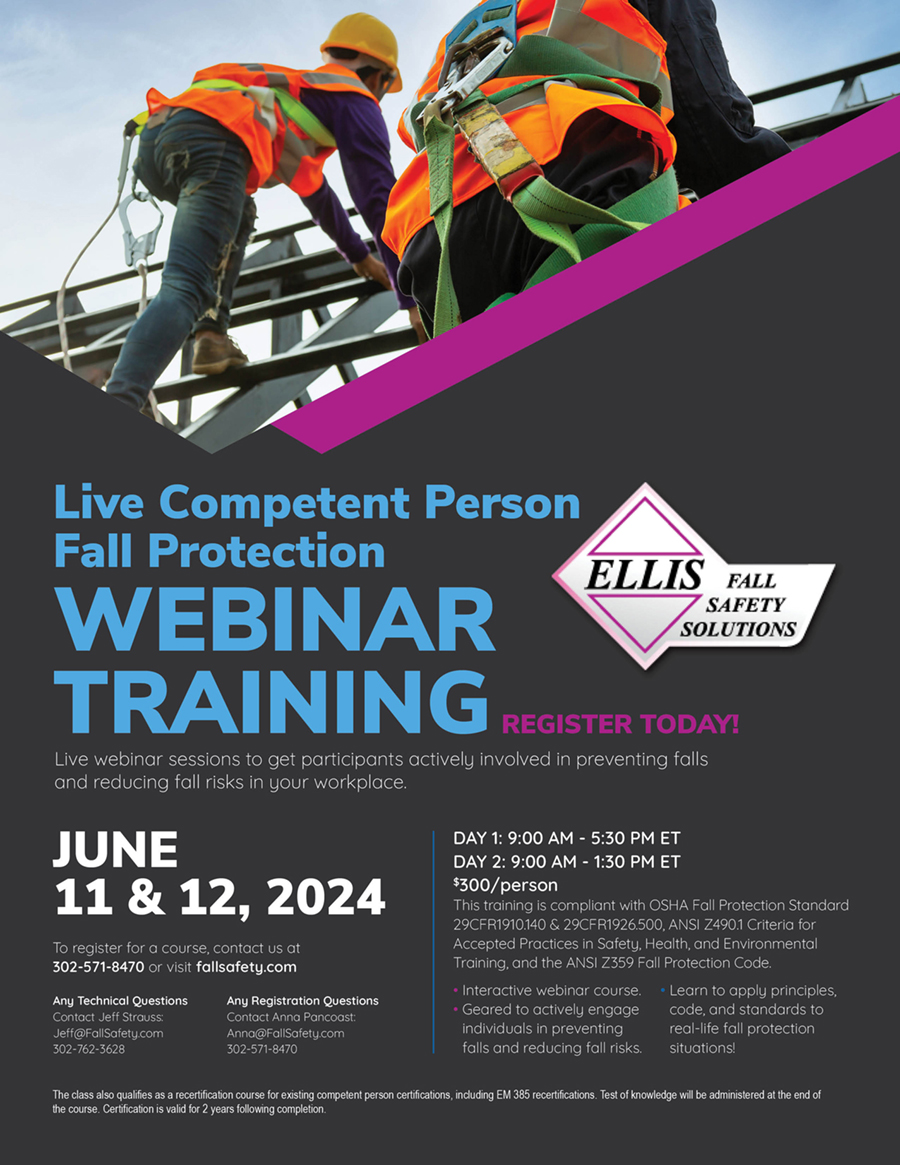Anchor points are attachment devices that allow access to unguarded structures and edges by trained workers. They are generally designed for protection from falls from heights. There are many types of anchors, and the correct anchor system should always be selected for each working site. It’s important that building anchor point installers are trained and capable of fabricating and installing the proper anchor system. Anchor points for window cleaners must be designed by registered structural engineers meeting OSHA regulations specifies in 2017.
There are several purposes of an anchor point, which include fall arrest, rope access and re-direction. Determining each purpose and appraising the surface’s suitability helps in the selection of the right anchor, and to the system layout. Anchors should have a minimum breaking strength of 15kN (1500kg static load) for one individual or 21kN (2100 kg static load) for two individuals. A competent worker is required to install, test and approve an anchor point in accordance with AS/NZS 1891.4: 2009 and more recently OSHA regulations for use with Industrial fall-arrest systems and devices – selection, use and maintenance often prescribed by skilled window cleaner companies.
A lanyard can be attached to a horizontal anchor which consists of lifelines and static lines. This allows a series of movement along the path of the line. A competent worker should also install and check these lines regularly at least annually. With reference to the components utilized and significant forces, there will be limitations on use, including the maximum number of individuals who may be able to be connected at a particular time.
Competent workers are individuals who through a combination of training, education and experience, acquired knowledge and skills allowing them to properly perform anchor point fabrication and installation.
Permanently installed anchor points should be regularly inspected and maintained in accordance with manufacturer’s recommendations. History of installation and testing can be viewed by individuals authorized to access the anchor site through an owner-approved tagging systems. Tags are mainly used to provide information on the installer’s name, date of installation and certification, the rating and purpose of the anchorage and the highest number of individuals allowed to be connected to the anchor at any particular time.
Ellis Fall Safety helps choose the structural engineer firm that is local and competent with proper licenses in the state of installation



